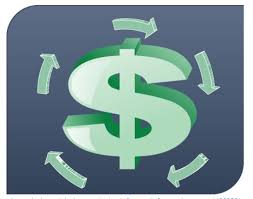What is the difference between cash & profit?

Cash is the amount that comes into the company and goes out of the company; the leftover is your cash balance in your business. That is used to pay your bills and expenses. The cash you receive in your business could be from investments, direct business activity, and used to pay for your costs. Profit is the amount of leftover after all the expenses are paid. You might have an increase in revenue, but that does not mean an immediate increase in cash. In the same way, a rise in expenses does not say your cash balance is reduced immediately.
Profit and cash flow are essential elements of a healthy, growing business, but they are not the same. That shows a profitable business might not have enough cash.
When managing a business, understand the difference between making and managing money. It also applies to personal life; people earn money but face financial problems because they do not know how to collect the money they get as an income. When you are growing your business, there is also a possibility of increasing expenses. Therefore, learning to manage cash flow and budgeting is also essential.
How Profit and Cash Flow Are Different
Here are three points that illustrate the differences between profit and cash flow:
Revenue Generated
When a company sells some equipment for $300 on 1st April, it immediately sends the invoice to the customer and enters it in the books as income for that period. Preparing the financial statement for the period shows the increase in profit by that amount but remember the cash not received. Then the customer pays the bill after 30 days, the credit period because of that, cash increases in the following month.

Expense Incurred
The same company pays $270 for the equipment in March, which means the costs incurred before the material sales. As a result, there was an outflow of cash before collecting the $300 from the sale.
Profit Recognized
The profit generated on this sale is $30.00, and that profit was posted on 1st May. Therefore, in accounting terms, the advantage made on the deal is $30, but the cash is still not collected. Whereas other companies collect money at the point of sale, cash management becomes more comfortable.
. A retailer receives customer payments at the end of the sale through debit card and credit card purchases.
This system allows a retailer to collect cash quickly, making the cash management process more comfortable. In credit, sales cash management planning, however, is more complicated.
An organization can make a good profit but risks failure there because of the lack of liquidity (insufficient cash for its activities)
Some managers buy extra stocks because of the availability of discounts, but they fail to recognize the immediate cash flow problems due to that.
The cash flow and profit and loss accounts analyze financial information over an accounting period.
.
